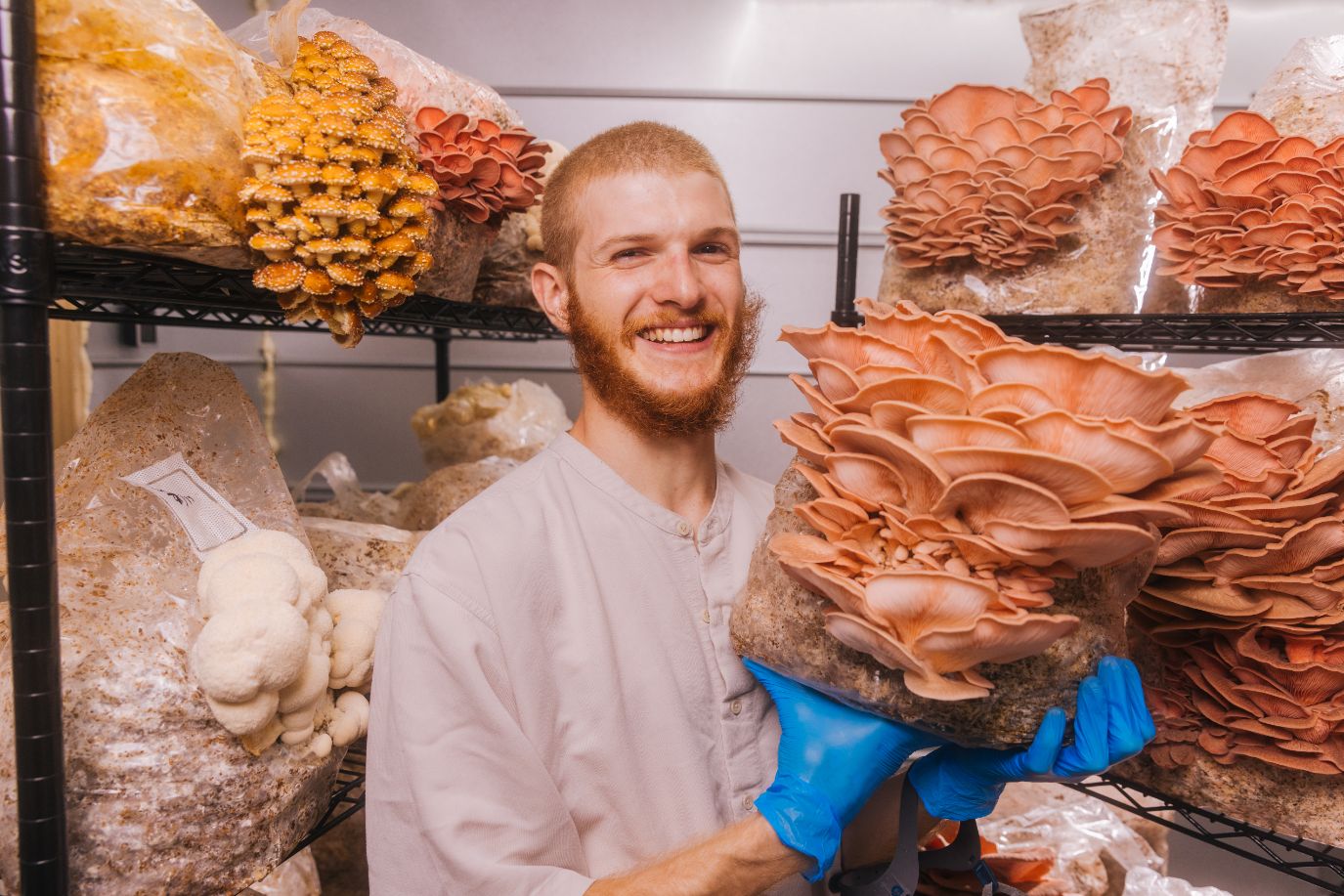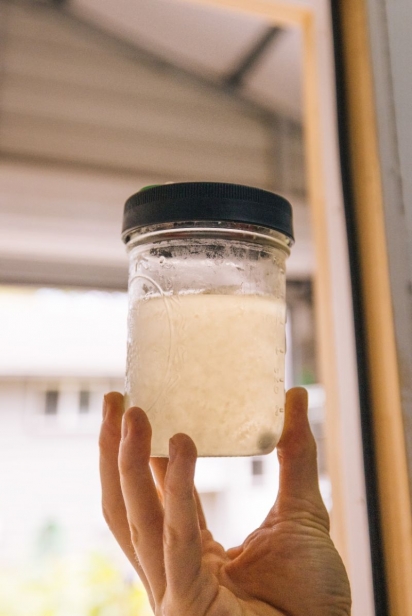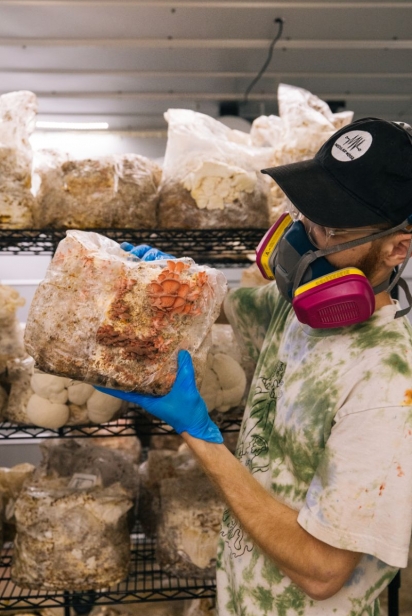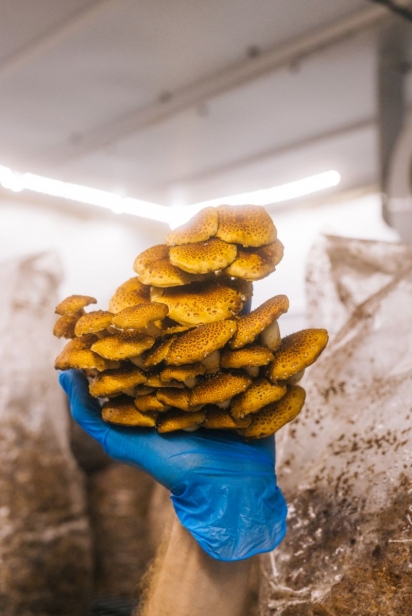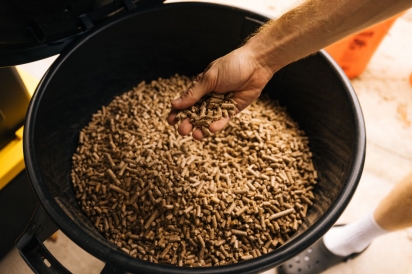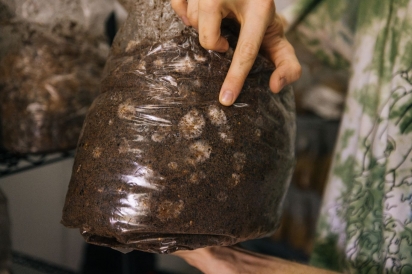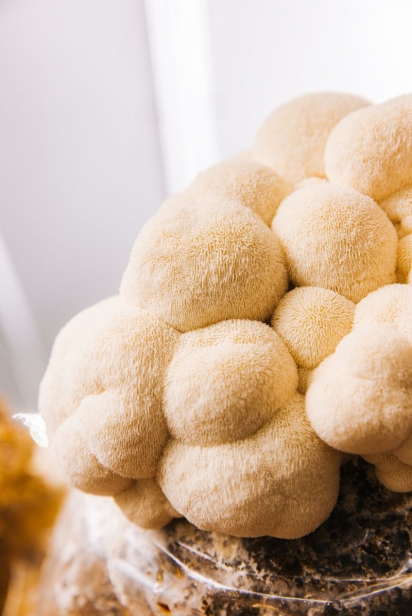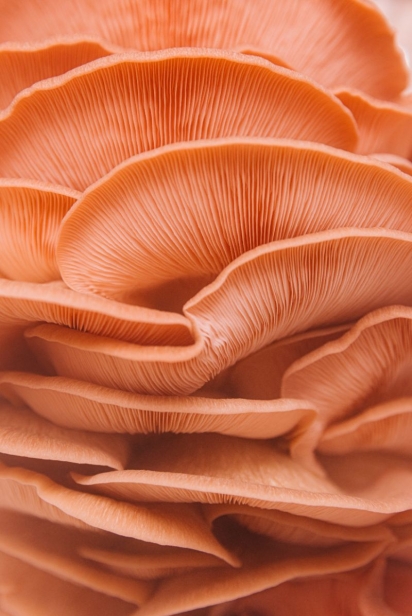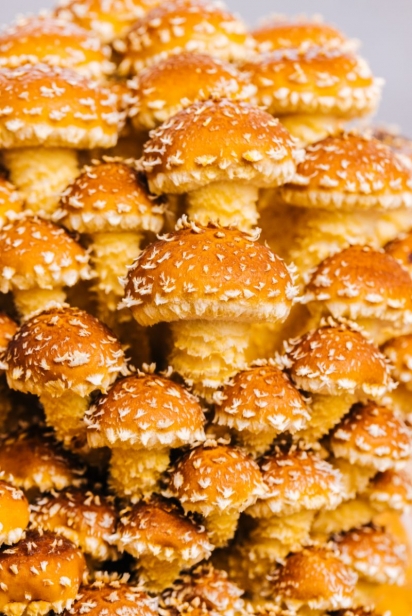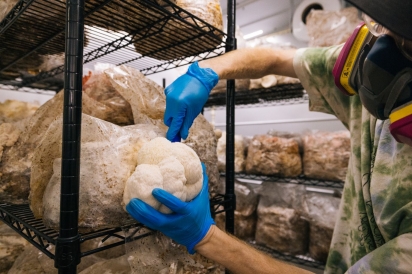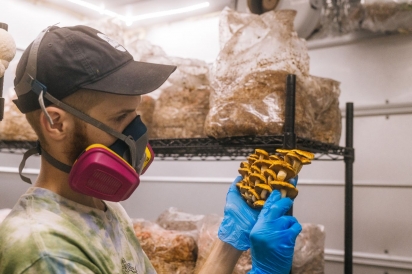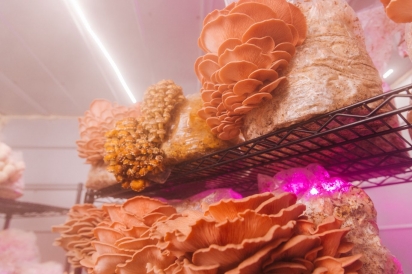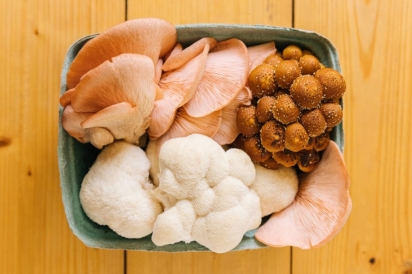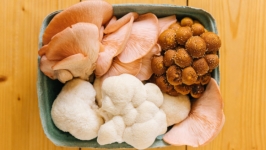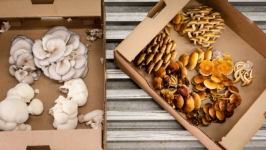The Shroom Boom in Northeast Florida
In 2022, for the fourth year in a row, food industry professionals selected mushrooms as a top food trend and ingredient of the year. The current fascination with fungi belies the ancient connection between mushrooms and humans. While we don’t know how long ago we began treating them as culinary, medicinal, spiritual and agricultural allies, some of the earliest documented commercial mushroom farms were set up in caves in France during the reign of King Louis XIV (1638-1715). Early Romans considered them the “food of the gods,” and ethnobotanist Terence McKenna theorized that apes eating psychoactive fungi sparked the evolution of the human brain.
Neither animal nor vegetable, mushrooms have always lived alongside us in symbiosis with plants and soil, keeping our forests and gardens healthy, decomposing decaying matter and connecting our underground ecosystem. What we see above ground and call mushrooms are just the fruiting body of a much larger mycelial network.
As a food, mushrooms are characterized by umami, a term coined by Japanese chemist Kikune Ikeda in 1908. Often considered the fifth basic flavor, umami, a portmanteau of the Japanese words umai, “delicious,” and mi, “taste” refers to the sensation of savoriness, meatiness and richness in certain foods. To scientists, umami indicates a high level of glutamate, an amino acid and building block of protein. For connoisseurs, it enhances flavor and satisfaction. All mushrooms, whether raw, cooked or dried, contain umami. Cooking fresh mushrooms will elevate it, while dried mushrooms have the most concentrated flavor.
According to mushroom grower Noah Schleifer, founder of Murray Hill-based Harmony Mushroom Co., there are an abundance of edible varieties, all with their own individual textures and flavor profiles. Their versatility adds to their popularity, especially as more people explore plant-based, meatless diets. Widely used as a meat substitute, “portobellos are popular for their ability to act as vehicles for marinades and spices,” says Schleifer. “Lion’s mane is reminiscent of lobster while chestnuts offer a nutty, slightly sweet profile.” Adam Carter of The Carter Family Homestead agrees. “Mushrooms are a universal ingredient that can be added to anything,” he says. “Our favorite is the pink oyster, which contributes a baconlike sapidity to dishes.”
Good news for fungi fans: mushrooms are excellent for the whole body. They contain compounds that stimulate the growth of brain cells. Mushrooms also provide vitamin D, selenium, potassium and many other micronutrients missing in our modern diet.
While Schleifer loves the two-month mushroom growing process, he wants to encourage and teach others to grow their own. “Anyone can grow them and there is no reason to stop yourself from growing your own food.” He uses an assortment of growing media such as used coffee grounds from Bold Bean, hardwood pellets, straw and soybean hulls. These break down in his garden for a sustainable cycle. After harvest he makes the growing media available for other local gardeners to use in their home gardens.
When it comes to growing your own mushrooms, Eric Pearson, owner of Son & Skye Mushrooms in Ponte Vedra, says to start slow. He recommends Marc Keith's set of videos, “Let's Grow Mushrooms!”, as well as forums and YouTube channels about cultivation. “It's important to practice what you learn; knowledge comes through experience,” Pearson says. To learn more on growing your own, contact your local mushroom growers or check for workshops at Eat Your Yard Jax.
If you need one more fun reason to appreciate these umami-packed powerhouses, consider this: mushrooms respond to auditory stimuli such as thunder and music. Our two species have so much in common and benefit each other in ways we are still exploring. Let’s learn more together, shall we?


